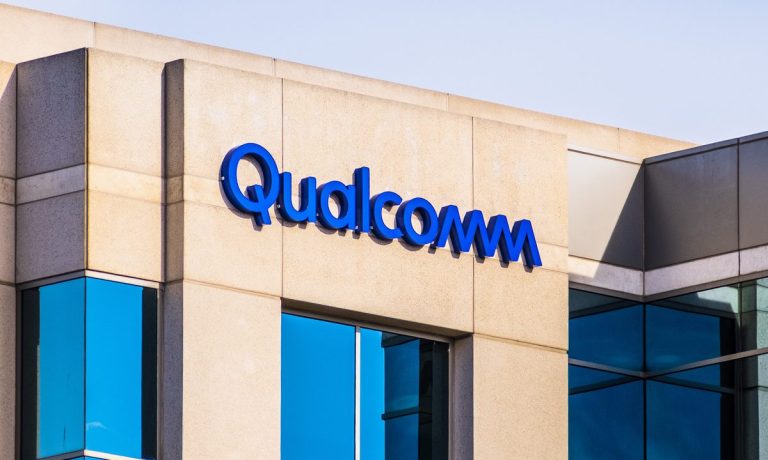Qualcomm’s Autotalks Buy Highlights Importance of Connected Car Ecosystem

Dealmaking in the chip space underscores the inexorable rise of the connected car ecosystem.
The digitization of transportation, of forging ecosystems where cars and other vehicles — whether people are actively driving them or they’re autonomous — relies on data that flows in real time between those vehicles.
And data relies on chips and sensors.
To that end, chipmaker Qualcomm said Monday (May 8) that it would buy Israeli firm Autotalks in a bid to broaden Qualcomm’s automotive business.
Autotalks makes chips that are designed specifically for what it terms “vehicle to everything” (V2X) connectivity for manned and autonomous vehicles. The chips are focused on improving vehicle safety and preventing accidents. The chips themselves help enable data and information flows that in turn can help alert drivers (and the vehicles themselves) to obstructions and other hazards on the road.
The financial terms of the deal were not disclosed, although reports, including one from TechCrunch, said the purchase price was within the $350 million to $400 million range. Qualcomm, for its part, said Autotalks’ technologies would be folded into its Snapdragon Digital Chassis, its cloud-based offerings that are also focused on automotive connectivity (including infotainment inside the car) and safety.
In September, Qualcomm said its automotive business “pipeline” increased to $30 billion. That tally was up by more than $10 billion in roughly three months.
Safety First?
Safety would be one of the key building blocks that needs to be most comprehensively (and constantly) in place to help turn the car into a more fully connected vessel of commerce — to become a digital wallet on wheels.
Data drives that evolution. Pacts in 2023 show that car-level information will feed new use cases. In one example, Stellantis NV said at the beginning of the year that it would expand its Data-as-a-Service operation through its unit Mobilisights, which licenses B2B products, applications and services.
The readiness to conduct more activities from the so-called car cockpit is there and would conceivably see more widespread adoption as drivers feel at ease with what can be done during the daily commute or a road trip. The latest installment of PYMNTS’ Connected Economy report, which takes the monthly pulse on connected activities, showed that the use of parking apps, for example, is up 30% year on year.
Use cases beget other use cases, as consumers would become more comfortable with the various ways in which they would be identified as they drove, as payment verification is done on the go, and where voice and other channels enable more intuitive interactions.
Earlier this year, Mercedes-Benz said it would leverage Visa technology to enable native in-car payments. Mercedes pay+ allows users to pay for a range of digital services and shop for connected car offerings. Elsewhere, J.P. Morgan announced a deal with German carmaker Volkswagen to buy roughly 75% of its Volkswagen Payments S.A.